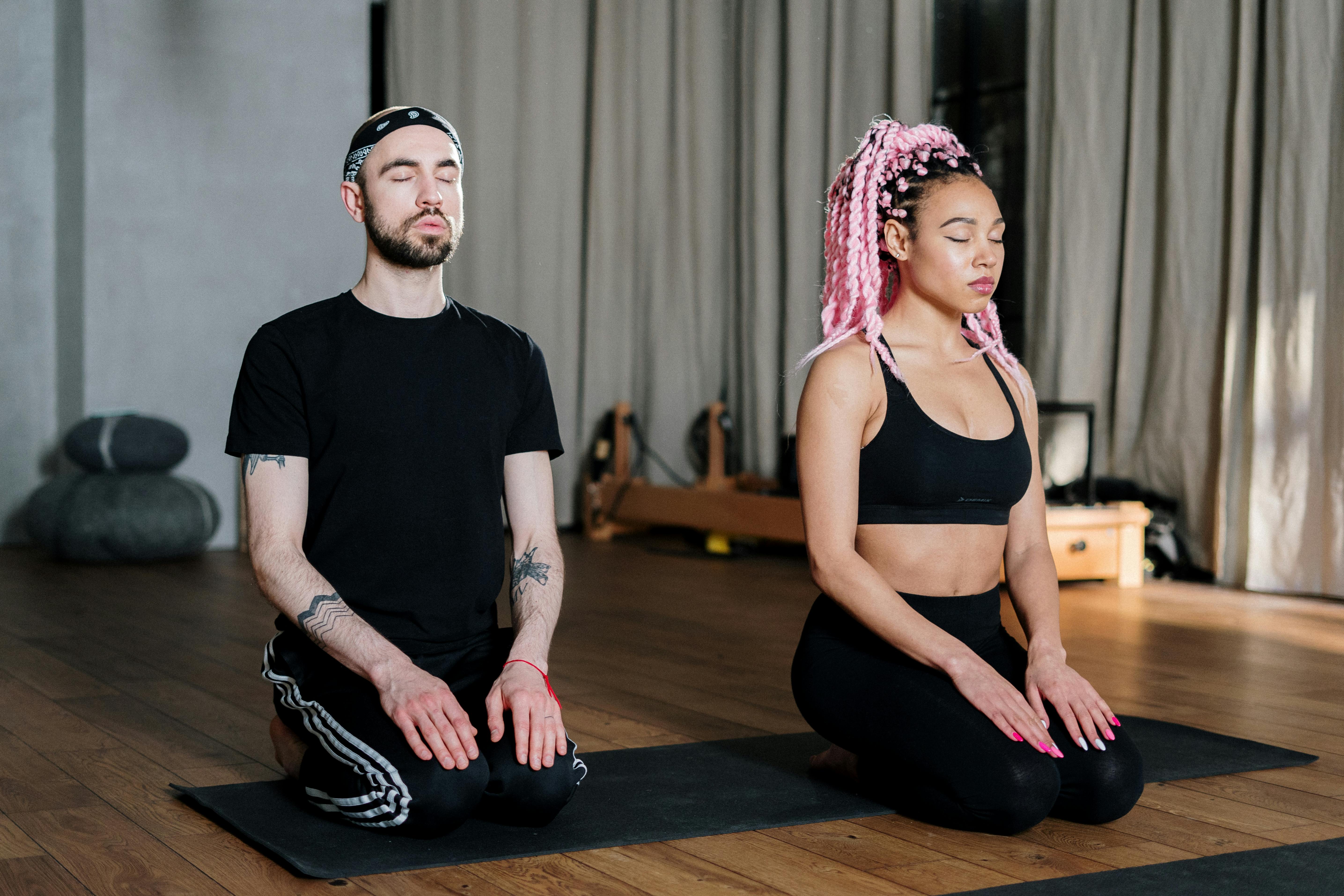



Introduction: A New Frontier in Therapy
In the quest for effective anxiety management, traditional methods often fall short for many individuals. Enter Virtual Reality (VR)—a groundbreaking tool that immerses users in controlled environments, allowing them to confront their fears safely. This blog explores how VR is reshaping anxiety treatment and offers hope for those struggling with this pervasive mental health issue.
The Challenge of Anxiety
Understanding Anxiety Disorders: Millions worldwide grapple with anxiety disorders, characterized by excessive worry, fear, and physical symptoms.
Limitations of Traditional Treatments: While therapies like cognitive-behavioral therapy (CBT) are effective, they may not be accessible or engaging for everyone.
How VR Works in Anxiety Management
Controlled Exposure: Gradual exposure to anxiety-inducing situations in a safe environment helps desensitize users.
Real-Time Monitoring: With breath recognition users can see their breathing data and track their improvement.
Engagement Factor: The immersive nature of VR captures attention, increasing motivation to participate in therapy.
Success Stories
Case Study: A young woman with a fear of flying undergoes VR therapy, experiencing a simulated flight that helps her manage her anxiety effectively. After several sessions, she boards a plane for the first time in years.
Conclusion: A Bright Future for VR Therapy
The integration of virtual reality into anxiety management represents a significant leap forward in mental health treatment. As research continues to support its effectiveness, VR may soon become a standard practice in therapeutic settings.
Introduction: A New Frontier in Therapy
In the quest for effective anxiety management, traditional methods often fall short for many individuals. Enter Virtual Reality (VR)—a groundbreaking tool that immerses users in controlled environments, allowing them to confront their fears safely. This blog explores how VR is reshaping anxiety treatment and offers hope for those struggling with this pervasive mental health issue.
The Challenge of Anxiety
Understanding Anxiety Disorders: Millions worldwide grapple with anxiety disorders, characterized by excessive worry, fear, and physical symptoms.
Limitations of Traditional Treatments: While therapies like cognitive-behavioral therapy (CBT) are effective, they may not be accessible or engaging for everyone.
How VR Works in Anxiety Management
Controlled Exposure: Gradual exposure to anxiety-inducing situations in a safe environment helps desensitize users.
Real-Time Monitoring: With breath recognition users can see their breathing data and track their improvement.
Engagement Factor: The immersive nature of VR captures attention, increasing motivation to participate in therapy.
Success Stories
Case Study: A young woman with a fear of flying undergoes VR therapy, experiencing a simulated flight that helps her manage her anxiety effectively. After several sessions, she boards a plane for the first time in years.
Conclusion: A Bright Future for VR Therapy
The integration of virtual reality into anxiety management represents a significant leap forward in mental health treatment. As research continues to support its effectiveness, VR may soon become a standard practice in therapeutic settings.
Introduction: A New Frontier in Therapy
In the quest for effective anxiety management, traditional methods often fall short for many individuals. Enter Virtual Reality (VR)—a groundbreaking tool that immerses users in controlled environments, allowing them to confront their fears safely. This blog explores how VR is reshaping anxiety treatment and offers hope for those struggling with this pervasive mental health issue.
The Challenge of Anxiety
Understanding Anxiety Disorders: Millions worldwide grapple with anxiety disorders, characterized by excessive worry, fear, and physical symptoms.
Limitations of Traditional Treatments: While therapies like cognitive-behavioral therapy (CBT) are effective, they may not be accessible or engaging for everyone.
How VR Works in Anxiety Management
Controlled Exposure: Gradual exposure to anxiety-inducing situations in a safe environment helps desensitize users.
Real-Time Monitoring: With breath recognition users can see their breathing data and track their improvement.
Engagement Factor: The immersive nature of VR captures attention, increasing motivation to participate in therapy.
Success Stories
Case Study: A young woman with a fear of flying undergoes VR therapy, experiencing a simulated flight that helps her manage her anxiety effectively. After several sessions, she boards a plane for the first time in years.
Conclusion: A Bright Future for VR Therapy
The integration of virtual reality into anxiety management represents a significant leap forward in mental health treatment. As research continues to support its effectiveness, VR may soon become a standard practice in therapeutic settings.


